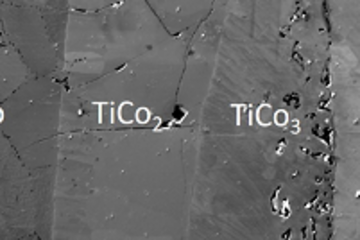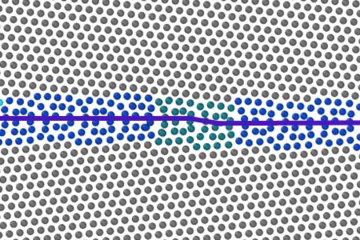All genres
1.
Journal Article
Hierarchical microstructure of explosive joints: Example of titanium to steel cladding. Materials Science and Engineering A 528, pp. 2641 - 2647 (2011)
2.
Talk
Structural characterization and analysis of interface formed by explosion cladding of titanium to low carbon steel. 19th International Symposium on Metastable, Amorphous and Nanostructured Materials (ISMANAM), Moscow, Russia (2012)
3.
Talk
Explosive cladding of Titanium to low carbon steel: Microstructure and Properties. THERMEC 2011, Québec City, QC, Canada (2011)
4.
Talk
Microstructure and properties of interfaces formed by explosion cladding of Ti-Steel. XXI Conference on Applied Crystallography, Zakopane, Poland (2009)
5.
Talk
Electron microscopy studies of bonding interface in explosively welded Ti/low carbon steel clads. XXI Conference on Applied Crystallography, Zakopane, Poland (2009)
6.
Talk
Characterization of Titanium/Steel Explosion Bond Interface. Surmat Seminar, Schloss Gnadenthal, Kleve, Germany (2008)
7.
Poster
Electron microscopy studies of bonding interface in explosively welded Ti/low carbon steel clads. XXI Conference on Applied Crystallography, Zakopane, Poland (2009)
8.
Poster
Microstructure and properties of interfaces formed by explosion cladding of Ti-Steel. XXI Conference on Applied Crystallography, Zakopane, Poland (2009)
9.
Poster
Explosive Cladding of Titanium onto Low Carbon Steel. International SurMat Workshop, Department of Material Science and Engineering, Ruhr-Universität Bochum, Bochum, Germany (2008)
10.
Thesis - PhD
Microstructure and properties of interfaces formed by explosion cladding of Titanium to low Carbon steel. Dissertation, Ruhr-University Bochum, Bochum, Germany (2011)











